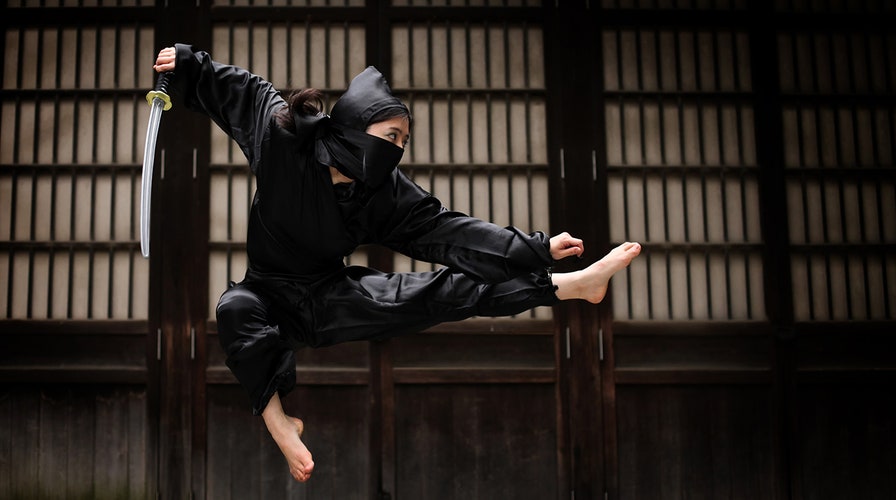Fox News Flash top headlines for Oct. 10
Fox News Flash top headlines for Oct. 10 are here. Check out what's clicking on Foxnews.com
A Japanese university student of ninja history got an “A” for handing in what appeared to be a blank paper but – her professor then realized – turned out was written using an old ninja technique: invisible ink.
Eimi Haga, a 19-year-old first-year student at Mie University, used a ninja communication method called “aburidashi,” in which words are written using soybean extract mixed with water, to write about her visit to a ninja museum, the BBC reported. The words become invisible after the ink dries and reappear when the paper is heated.
ROBOT PRIEST ADDED TO 400-YEAR-OLD BUDDHIST TEMPLE IN JAPAN: 'IT WILL GROW IN WISDOM'
"When the professor said in class that he would give a high mark for creativity, I decided that I would make my essay stand out from others," she told the outlet.
Haga spent hours crushing soybeans and testing out her secret messages on traditional Japanese “washi” paper, The Asahi Shimbun reported. She found that thinner sheets used for calligraphy burned over a gas stove fire, while thicker paper successfully revealed her hidden words.
She handed in the essay to Professor Yuji Yamada with a note written in normal ink attached: “Please read it after heating the paper.”
"I had seen such reports written in code, but never seen one done in aburidashi," he told the BBC.
CLICK TO VISIT THE ALL-NEW FOXBUSINESS.COM
"To tell the truth, I had a little doubt that the words would come out clearly. But when I actually heated the paper over the gas stove in my house, the words appeared very clearly and I thought 'Well done!’”
While Yamada gave Haga full marks for her creative use of a ninja technique, he said he didn’t read the whole essay because he wanted to keep part of her work invisible.

